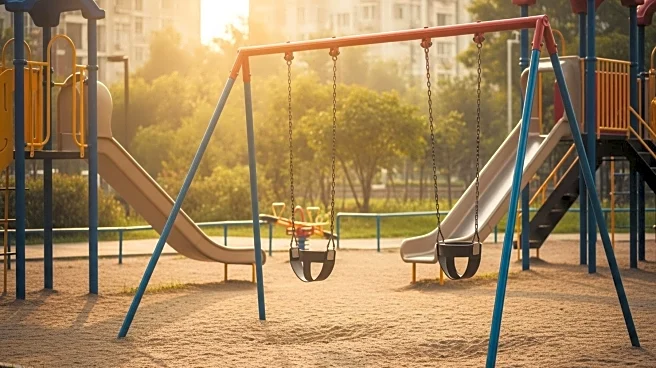What's Happening?
Recent discussions have highlighted the diminishing role of recess in schools, with many districts reducing or eliminating it in favor of more academic time. Historically, students enjoyed 90 to 120 minutes of recess daily, but this has decreased to 20 to 30 minutes, according to the Centers for Disease Control and Prevention. Experts argue that recess is essential for student well-being, providing necessary breaks for rest and social skill development. A new guide offers nine strategies to improve recess experiences, emphasizing structured play and outdoor activities.
Why It's Important?
Recess is a critical component of the school day that supports physical health, mental well-being, and social development. Reducing recess time can negatively impact students' ability to focus and learn effectively. By enhancing recess, schools can foster a more holistic educational environment that balances academic rigor with the need for physical activity and social interaction. This approach can lead to improved student outcomes, including better concentration, reduced stress, and enhanced social skills.
Beyond the Headlines
The push to improve recess reflects a broader educational philosophy that values the whole child approach, recognizing the importance of physical and emotional health in academic success. As schools consider these changes, they may also need to address logistical challenges, such as scheduling and supervision. Additionally, the emphasis on structured play during recess could lead to new opportunities for community partnerships and the development of innovative play spaces that cater to diverse student needs.










